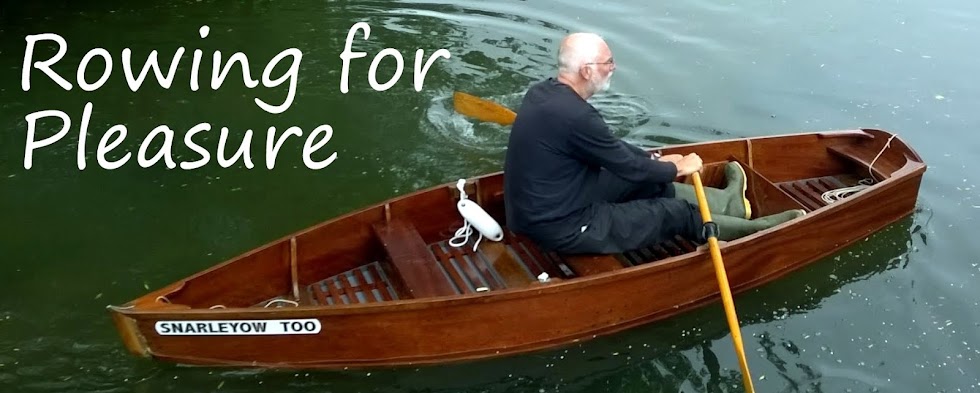
Ben Crawshaw at The Invisible Workshop has posted a series of pictures of thole pins that are a feature of the traditional Spanish fishing boat, the llaut (pronounced ya-oot, Ben considerately explains). They also feature splendidly irregular oar rests made from stripped olive branches.
I'm not sure about thole pins. They have the virtues of simplicity and strength, but you can't feather the oars and there is a risk an oar might come off the pin while trying to steady the boat where a properly-sized oarlock would keep it in place.

2 comments:
Dear Chris,
I noticed the picture of a single thole pin, from a traditional Spanish fishing boat. During my childhood and youth (in the 1950' ies). I rowed my mother to town, and myself for pleasure and fishing in a "pram" . (see the vikingboat museum in Roskilde for a picture) On that boat as most small boats on the norwegian south coast at that time, we used double thole pins with oars running free between them. We called them "tollepinner" and the pair and the clamp "tolleganger") For rowing in rough seas and coastal waters I still find that they are vastly superior to any other solution I have tried. With best regards, Lars H. Backer
Dear Chris,
I noticed the picture of a thole pin, from a traditional Spanish fishing boat. During my childhood and youth (in the 1950' ies). I rowed my mother to town, and myself for pleasure and fishing in a "pram" . (see the vikingboat museum in Roskilde for a picture) On that boat as most small boats on the norwegian south coast at that time, we used double thole pins with oars running free between them. We called them tollepinner and the pair and the clamp tolleganger) For rowing in rough seas and coastal waters I still find that they are vastly superior to any other solution I have tried. With best regards, Lars H. Backer
Post a Comment